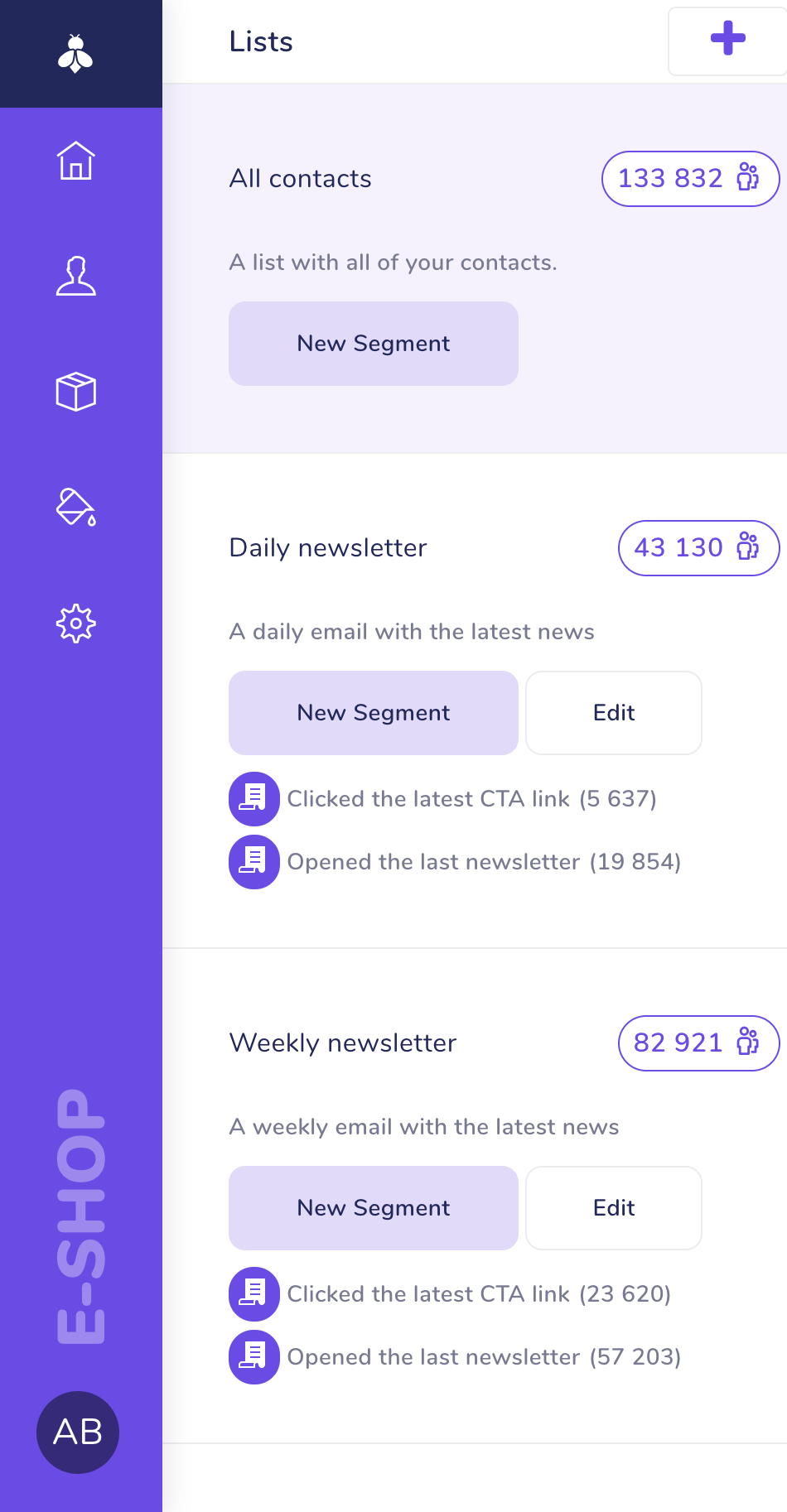PostgreSQL Basics by ExamplePublished on Aug 19, 2013
Connecting to a database
$ psql postgres # the default database
$ psql database_name
Connecting as a specific user
$ psql postgres john
$ psql -U john postgres
Connecting to a host/port (by default psql uses a unix socket)
$ psql -h localhost -p 5432 postgres
You can also explicitly specify if you want to enter a password -W or not -w
$ psql -w postgres
$ psql -W postgres
Password:
Once you’re inside psql you can control the database. Here’s a couple of handy commands
postgres=# \h # help on SQL commands
postgres=# \? # help on psql commands, such as \? and \h
postgres=# \l # list databases
postgres=# \c database_name # connect to a database
postgres=# \d # list of tables
postgres=# \d table_name # schema of a given table
postgres=# \du # list roles
postgres=# \e # edit in $EDITOR
At this point you can just type SQL statements and they’ll be executed on the database you’re currently connected to.
User Management
Once your application goes into production, or basically anywhere outside of your dev machine, you’re going to want to create some users and restrict access.
We have two options for creating users, either from the shell via createuser or via SQL CREATE ROLE
$ createuser john
postgres=# CREATE ROLE john;
One thing to note here is that by default users created with CREATE ROLE can’t log in. To allow login you need to provide the LOGIN attribute
postgres=# CREATE ROLE john LOGIN;
postgres=# CREATE ROLE john WITH LOGIN; # the same as above
postgres=# CREATE USER john; # alternative to CREATE ROLE which adds the LOGIN attribute
You can also add the LOGIN attribute with ALTER ROLE
postgres=# ALTER ROLE john LOGIN;
postgres=# ALTER ROLE john NOLOGIN; # remove login
You can also specify multiple attributes when using CREATE ROLE or ALTER ROLE, but bare in mind that ALTER ROLE doesn’t change the permissions the role already has which you don’t specify.
postgres=# CREATE ROLE deploy SUPERUSER LOGIN;
CREATE ROLE
postgres=# ALTER ROLE deploy NOSUPERUSER CREATEDB; # the LOGIN privilege is not touched here
ALTER ROLE
postgres=# \du deploy
List of roles
Role name | Attributes | Member of
-----------+------------+-----------
deploy | Create DB | {}
There’s an alternative to CREATE ROLE john WITH LOGIN, and that’s CREATE USER which automatically creates the LOGIN permission. It is important to understand that users and roles are the same thing. In fact there’s no such thing as a user in PostgreSQL, only a role with LOGIN permission
postgres=# CREATE USER john;
CREATE ROLE
postgres=# CREATE ROLE kate;
CREATE ROLE
postgres=# \du
List of roles
Role name | Attributes | Member of
-----------+------------------------------------------------+-----------
darth | Superuser, Create role, Create DB, Replication | {}
john | | {}
kate | Cannot login | {}
You can also create groups via CREATE GROUP (which is now aliased to CREATE ROLE), and then grant or revoke access to other roles.
postgres=# CREATE GROUP admin LOGIN;
CREATE ROLE
postgres=# GRANT admin TO john;
GRANT ROLE
postgres=# \du
List of roles
Role name | Attributes | Member of
-----------+------------------------------------------------+-----------
admin | | {}
darth | Superuser, Create role, Create DB, Replication | {}
john | | {admin}
kate | Cannot login | {}
postgres=# REVOKE admin FROM john;
REVOKE ROLE
postgres=# \du
List of roles
Role name | Attributes | Member of
-----------+------------------------------------------------+-----------
admin | | {}
darth | Superuser, Create role, Create DB, Replication | {}
john | | {}
kate | Cannot login | {}
Do you manage email campaigns for your business?
We're building a tool to help businesses reach out to their customers more easily. It's called SendingBee and it's going to be awesome.
Who we are
This is the blog of sensible.io, a web consultancy company providing expertise in Ruby and Javascript.
Recent articles
- SSH Tunnel - Local and Remote Port Forwarding Explained With Examples
- Supercharge your VIM into IDE with CTags
- Don't just dump code into your models
- Getting started with Ember App Kit
- 4 Tips for Working with Dates in PostgreSQL
- PostgreSQL Sequences and Array Column Types
- Setting up Redis for Production Environment
- PostgreSQL Basics by Example
- Strong Parameters by Example
- Ember Model - Introduction
Tags
- rails (1)
- ruby (3)
- osx (1)
- vim (1)
- ember (3)
- ember-model (1)
- postgresql (3)
- ruby vim ctags (1)
- unix (1)
- redis (1)
- promises (1)




